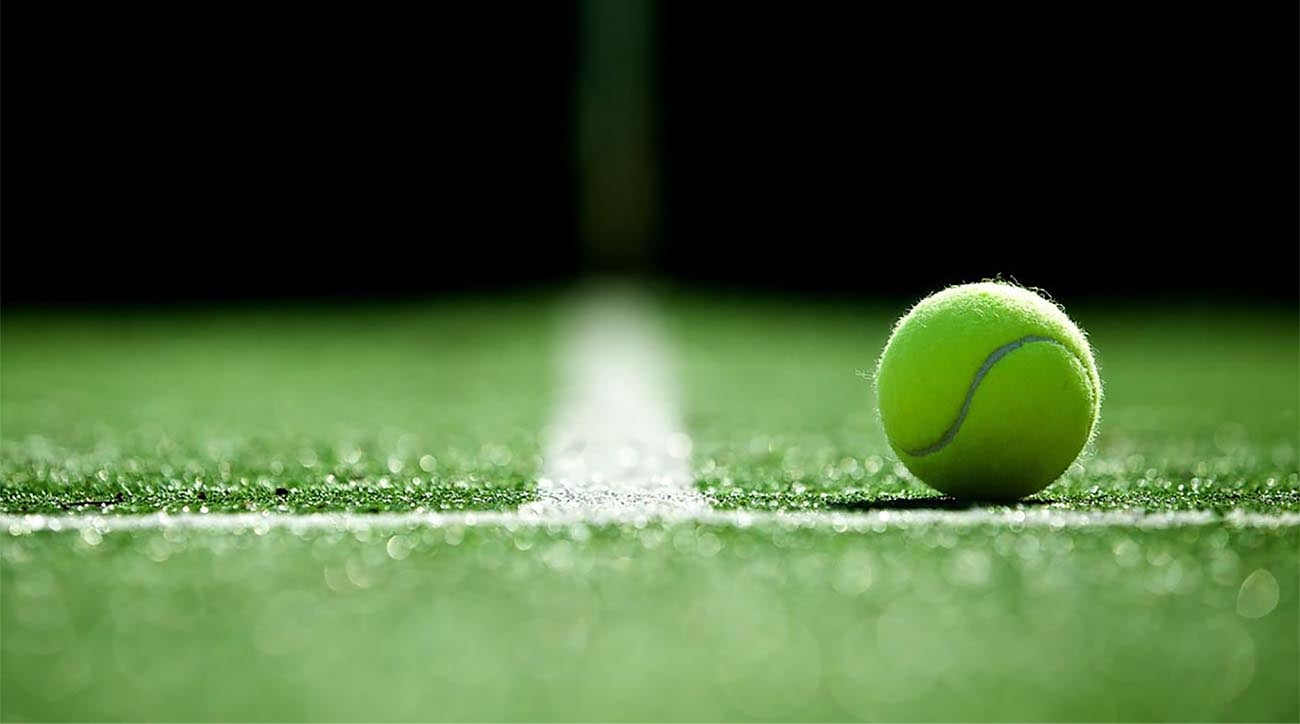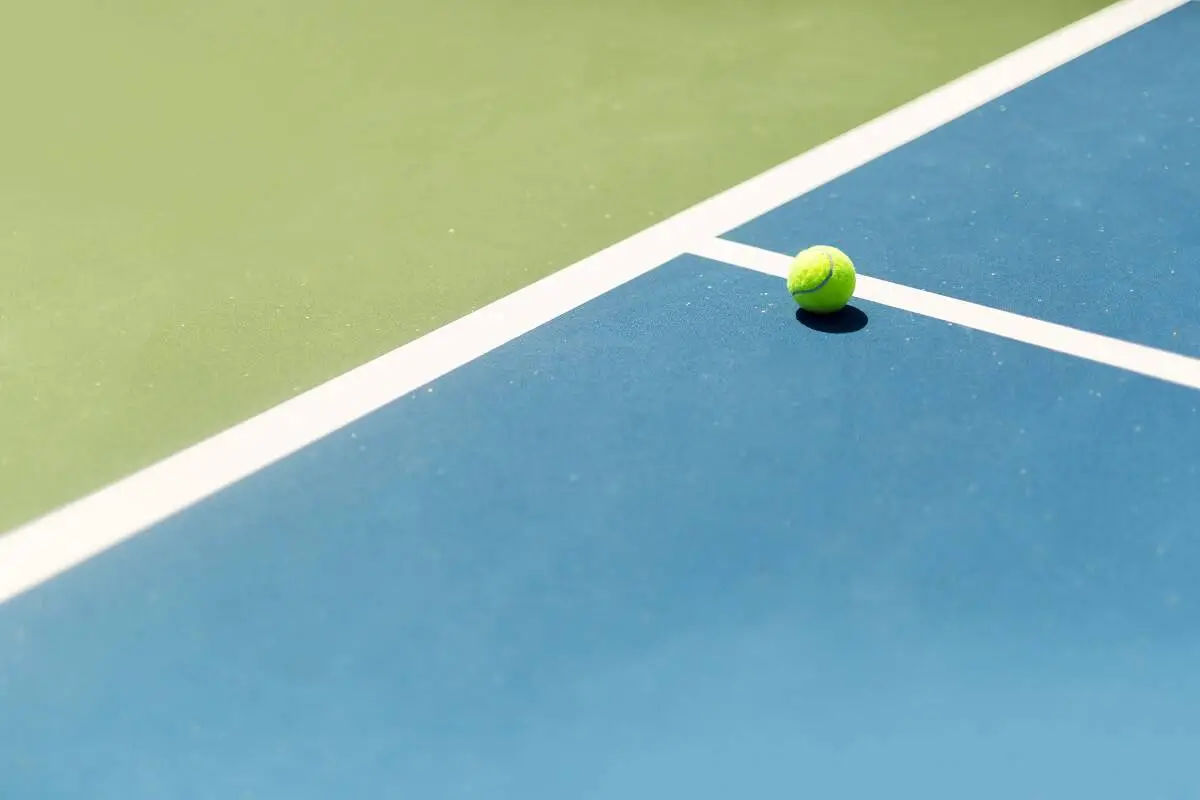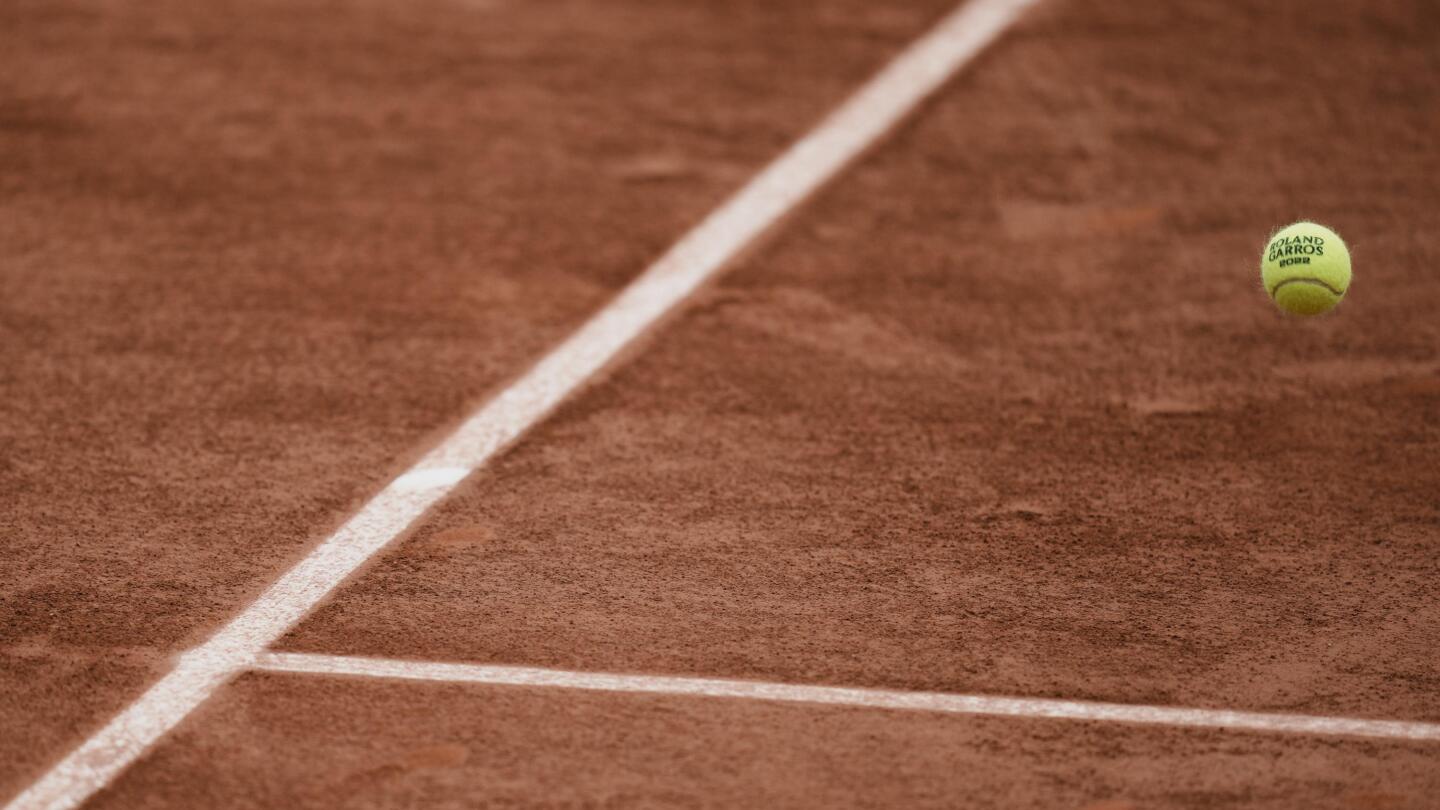Tennis is a sport with a long history, and it’s unique because it’s played on different types of courts:
grass,
clay,
and hard courts.
Each kind of court makes the game feel different. Grass courts, where tennis first started, make the game fast and are famous because of the Wimbledon Championships.
Clay courts slow down the game and make players work harder for a longer time. The French Open, available for viewing on 1xbet, is the most famous tournament played on clay. Hard courts, which are newer, create a fair game for all types of players. You can see this in big tournaments like the US Open and Australian Open. These courts have changed over time with new technology and different ways of playing.
In this analysis, we’re going to look at how each type of court changes the way tennis is played. We’ll see how they affect the speed of the game, how players play, and how well they do. By understanding what makes grass, clay, and hard courts special and their history, we’ll get to know more about their important roles in tennis.
Grass Courts

Grass courts are really special in tennis because they’re traditional and make the game fast and exciting. The grass makes the ball bounce low and sometimes in unexpected ways. This means players need to be quick, good at serving and volleying, and ready for short, sharp rallies.
Wimbledon is the most famous grass court tournament. It’s the oldest and shows off what playing on grass is all about. Players have to get used to how slippery grass can be, especially if it’s wet. This kind of court is great for players who are really good at serving and playing at the net. Famous players like Roger Federer and Pete Sampras have done really well on grass.
Grass courts are exciting because they remind us of tennis’s early days and make the game fast. But they’re harder and more expensive to take care of than other types of courts, so there aren’t as many around these days. Even so, people still love grass court tennis for its history and the unique style of play it brings to the sport.
Clay Courts
Clay courts are known for their red color and offer a different way to play tennis. They are usually made from crushed stone, brick, or shale. This makes the court slower, changing how fast the ball moves and bounces. Clay courts are especially common in Europe and Latin America, and the most famous tournament on clay is the French Open, which is one of the biggest four tennis tournaments.
Playing on clay courts is slower, so players need to be really fit and think about their game plan. It’s a good surface for players who like to stay at the back of the court and are good at defending. These players do well with long back-and-forth rallies, spinning the ball, and placing their shots carefully. Clay is gentler on the body than hard courts, but it’s tough for players who rely on fast serves and quick exchanges at the net.
Rafael Nadal is one of the best-known players on clay courts, earning him the title “King of Clay” because of how well he plays on this surface. Clay courts are good for reducing stress on the joints and help players develop patience and strategic skills. However, they need a lot of upkeep, and their slow nature doesn’t suit every player’s style.
Hard Courts

Hard courts are very popular in tennis. They are strong and give a steady bounce to the ball. These courts are usually made of concrete or asphalt and have a layer of acrylic on top. This makes them more even to play on than grass or clay courts.
Many big tennis tournaments like the US Open and the Australian Open are played on hard courts. These events are famous worldwide and show off some of the best tennis players. On hard courts, players who are good at hitting strong shots from the back of the court and who have a powerful serve do well. The speed of the ball on these courts is faster than on clay but slower than on grass. This means players can use both power and smart tactics in their game.
Famous players like Serena Williams, Novak Djokovic, and Roger Federer have done really well on hard courts. But, playing on these tough courts can be hard on the body, and there’s a higher chance of getting hurt, especially in the joints and back. Even with this risk, hard courts are a big part of tennis today. They are great for showing off players’ strength, quickness, and smart game plans.
Comparative Analysis
When comparing tennis court surfaces like grass, clay, and hard courts, a few main things stand out. First, how fast the ball moves and how high it bounces changes a lot depending on the surface. Grass courts make the game fast with low bounces, which is good for players who are good at serving and volleying. Clay courts are slower and the ball bounces higher, leading to longer back-and-forth play, which suits players who can keep going for a long time and play well from the back of the court. Hard courts are in the middle, with a balanced speed and bounce, making them a more neutral choice.
These differences in speed and bounce really affect how players move and their risk of getting hurt. Grass courts can be slippery, so players might fall more and hurt their ankles, while the roughness of clay courts can lead to muscle strains. Hard courts are hard on the joints and can cause injuries from doing the same movements over and over.
These surfaces also change the way matches are played and the styles players use. For example, short drop shots and slice shots work well on grass, while powerful topspin shots are better on clay. Each surface also brings its own physical and mental challenges: grass needs quick moves and agility, clay requires endurance and the mental strength for long rallies, and hard courts call for a good mix of physical ability and smart play. So, the type of court surface is really important in how tennis matches play out.
The Role of Court Surface in Tennis Tournaments

The type of court used in big tennis tournaments really matters. It changes how the game is played and can even decide who wins. There are three main kinds of courts – grass, clay, and hard court – and each one needs players to use different skills and ways of playing. This leads to many styles of playing and different winners.
For example, grass courts, like at Wimbledon, are all about fast play and certain tactics, while clay courts, like in the French Open, make the game slower and help players who can keep going for a long time. Hard courts, which are used in the US Open and Australian Open, are in the middle – they’re not too fast or too slow.
Because of these different courts, no one way of playing tennis is always the best. This makes the game fair and lets players show off different skills. Players have to be good at playing in all these conditions if they want to win big titles on different courts. This makes tennis even more interesting and tests how well players can adapt to different situations.
Conclusion
In summary, looking at different types of tennis courts – like grass, clay, and hard courts – shows us how much they affect the game. Each type of court changes how the game is played, from the speed to the way players use their skills. This mix makes tennis an exciting and varied sport, where players need to change how they play to do well on every kind of court.
Having different courts in big tournaments like Wimbledon, the French Open, and the US Open really tests the players. It makes the game more interesting and keeps one style of playing from always winning. This fairness makes the game fun to watch and play, with lots of different skills and moves being used.
The variety of courts in tennis shows how the game has grown over time, encouraging players to keep getting better and to handle different challenges.

